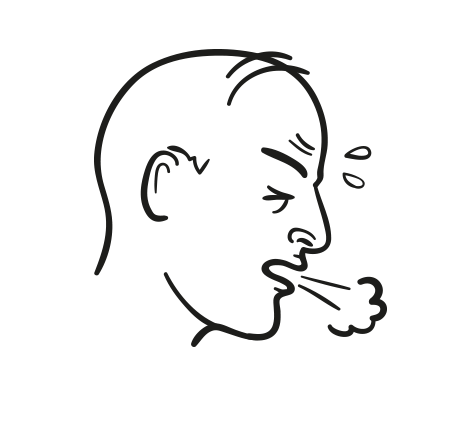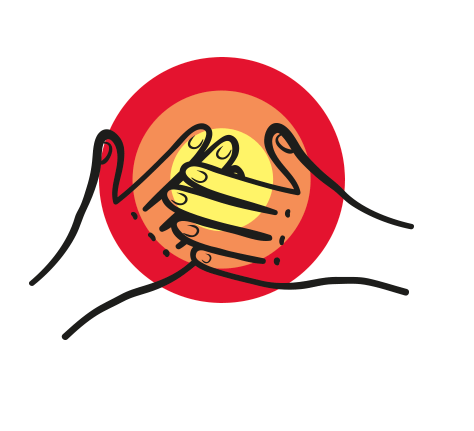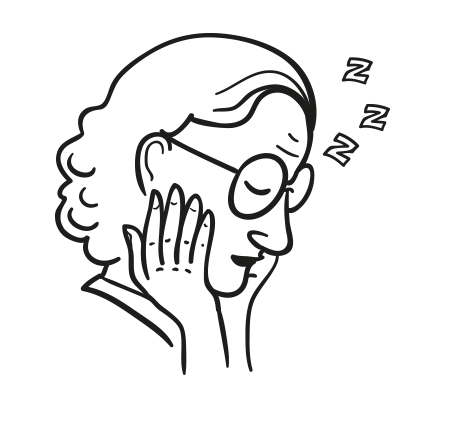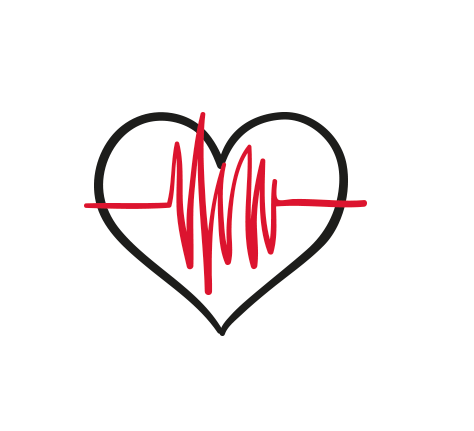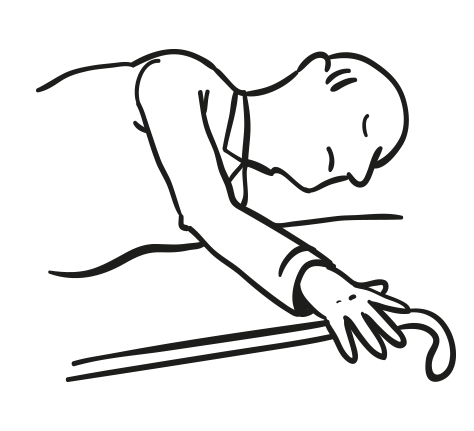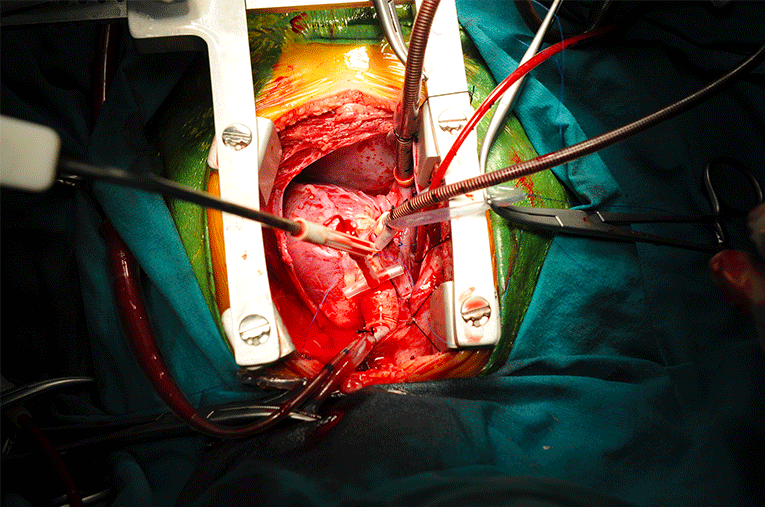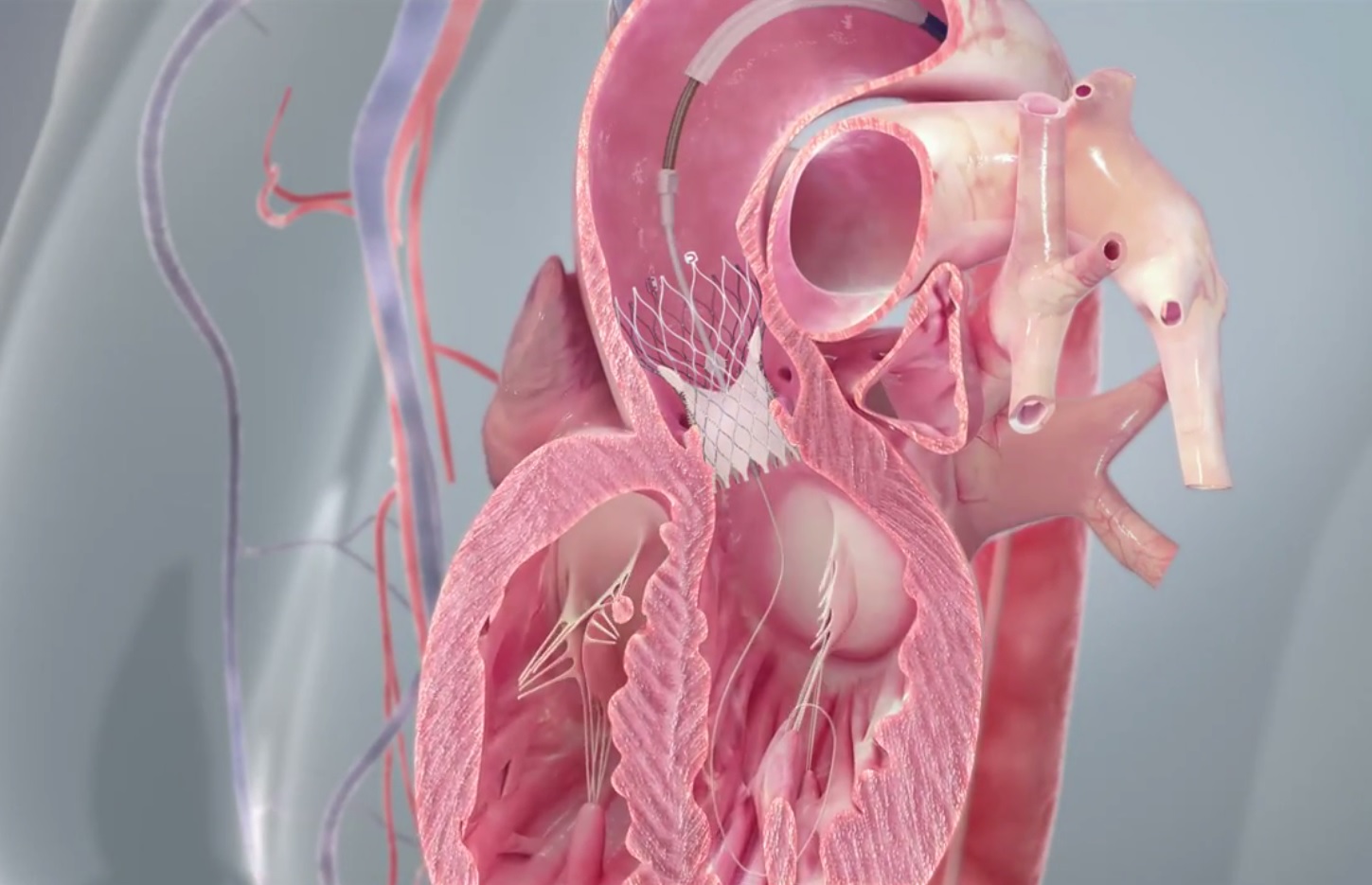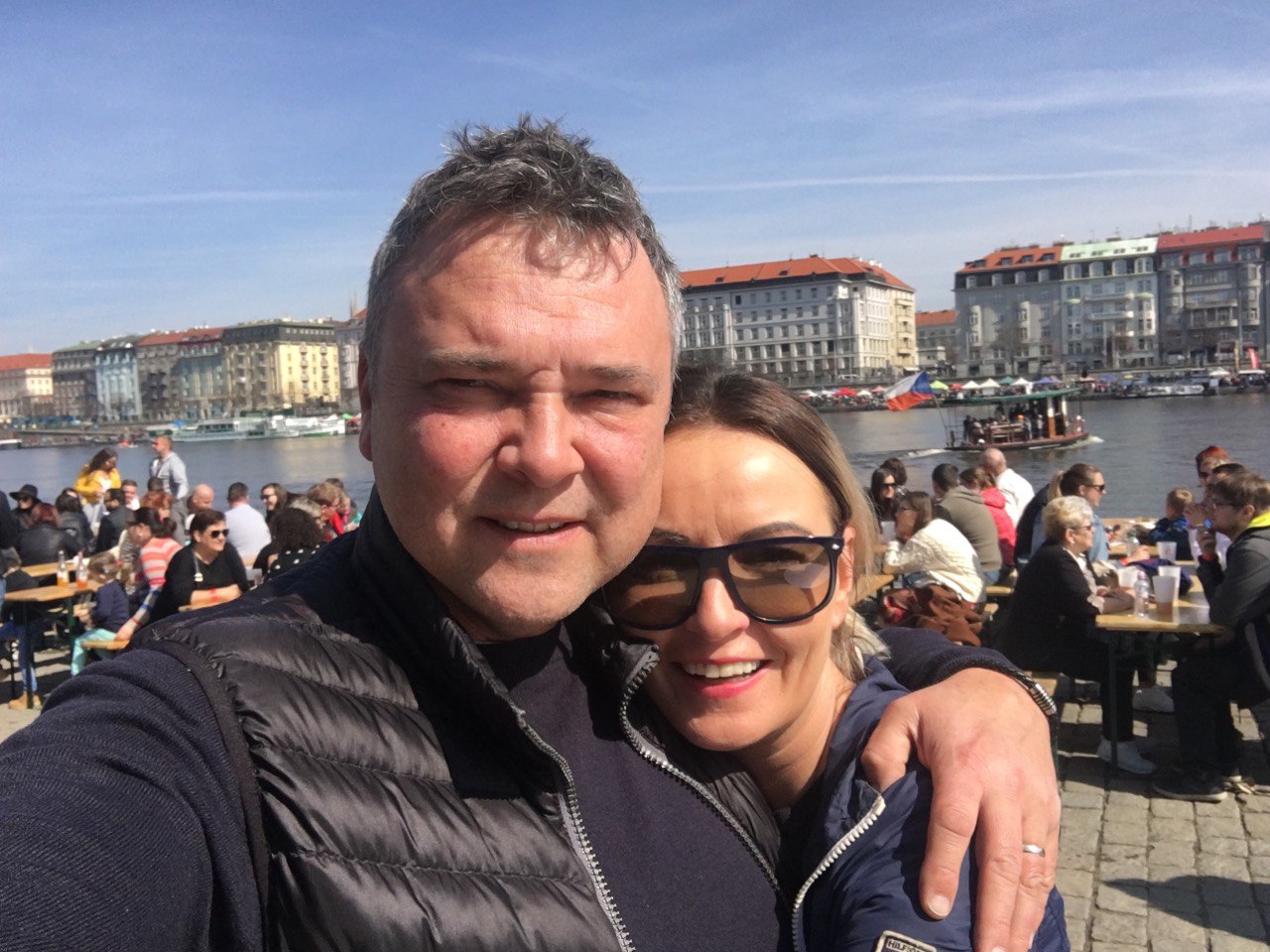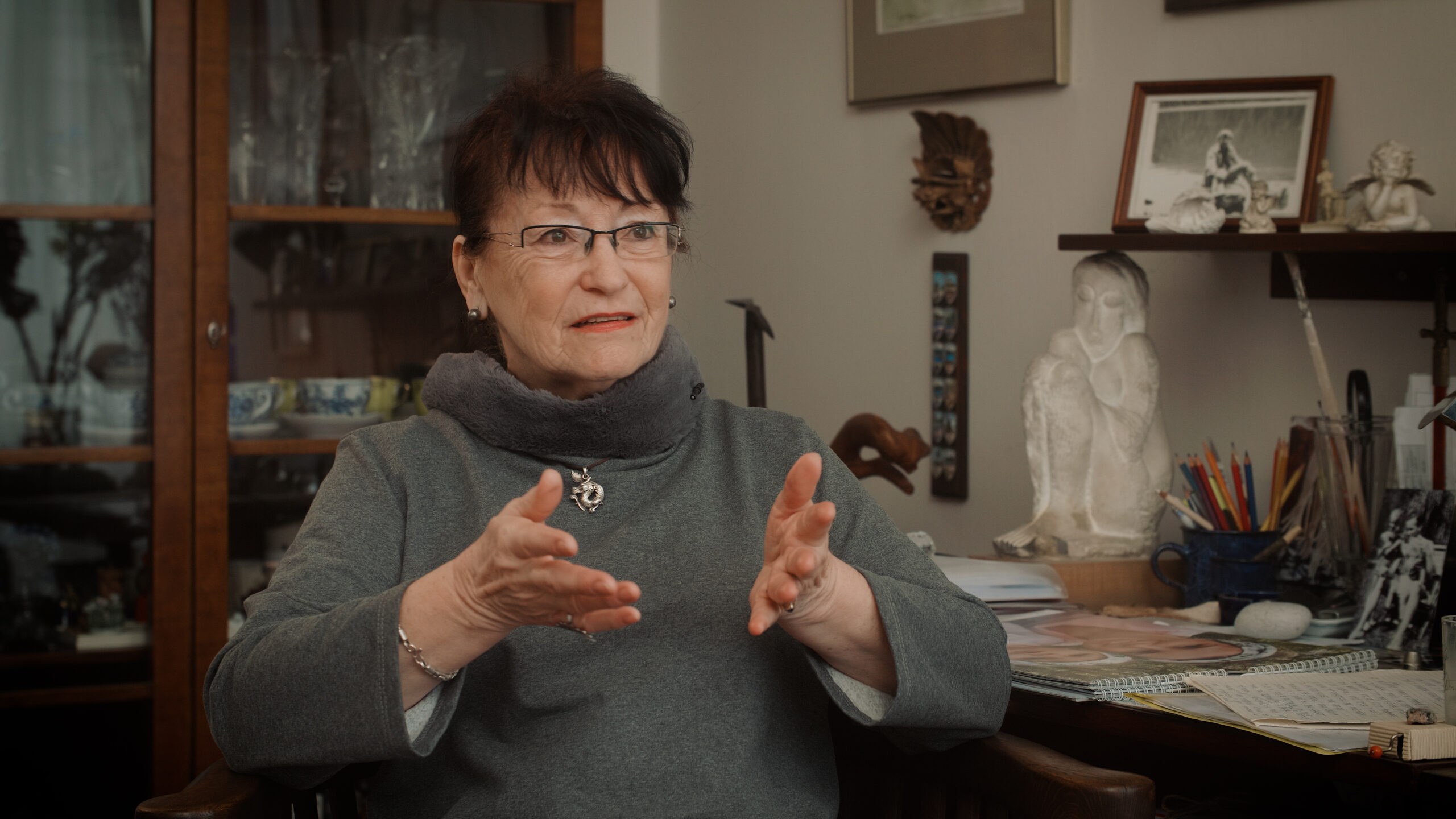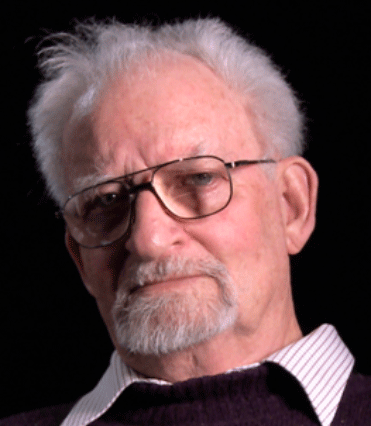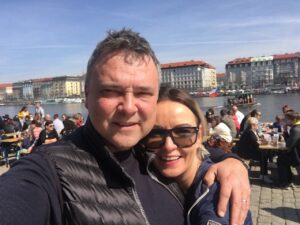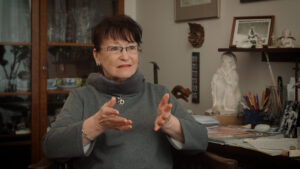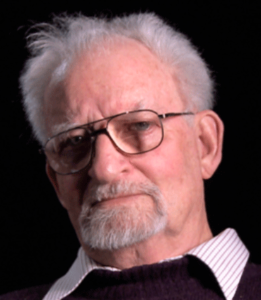This website uses cookies so that we can provide you with the best user experience possible. Cookie information is stored in your browser and performs functions such as recognising you when you return to our website and helping our team to understand which sections of the website you find most interesting and useful.
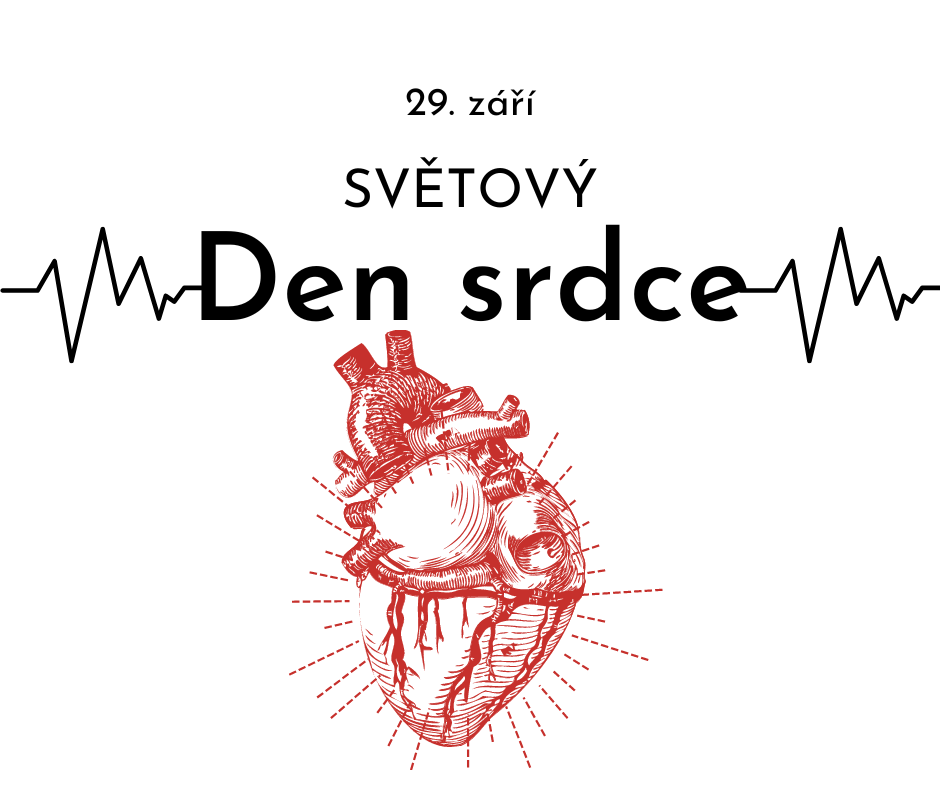
World Heart Day highlighted the most common heart valve defect
World Heart Day, which falls on 29 September, called for care for one of the most important organs in the body and for early treatment of any problems.
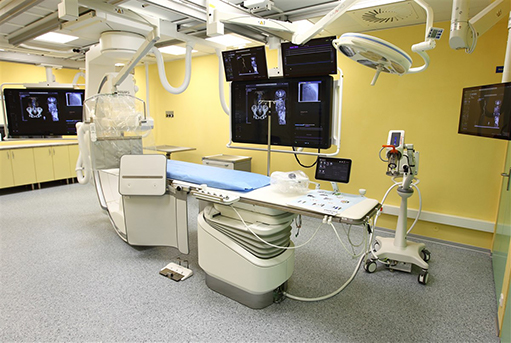
New intervention cardiology centre at FNKV
The Královské Vinohrady Faculty Hospital has opened a new intervention cardiology centre. The modernized centre will permit more rapid and more precise diagnostics and treatment of patients with acute myocardial infarction, ischemic heart disease, diseases of the heart valves, and acute stroke.
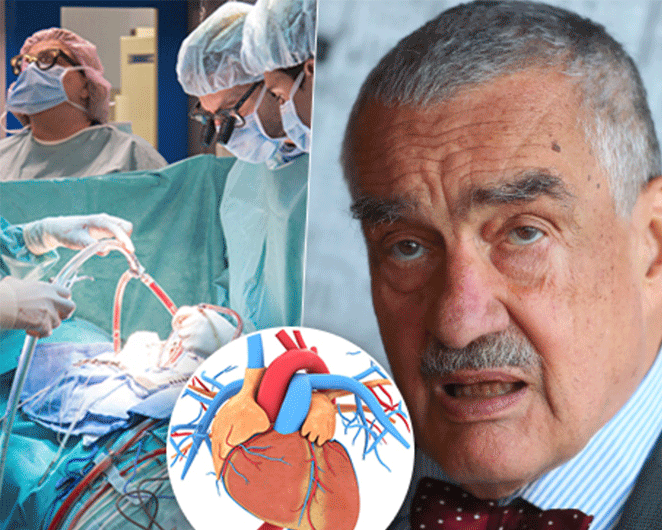
Karel Schwarzenberg has undergone a heart operation
Czech deputy Karel Schwarzenberg has undergone an operation of the cardiac valve which doctors had replaced in the past.

Rolling Stones frontman has undergone a cardiac valve operation
Legendary frontman of the rock group Rolling Stones, Mick Jagger, has had a cardiac valve replacement operation.
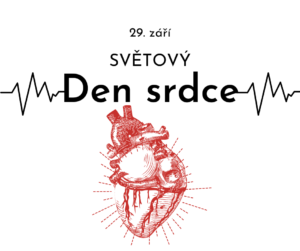
World Heart Day, which falls on 29 September, called for care for one of the most important organs in the body and for early treatment of any problems.
The most common heart valve defect is aortic stenosis (narrowing of the valve), which mainly affects patients over the age of 70. “Treatment with medication is not effective in the long term as it only leads to temporary relief of symptoms. Valve replacement is necessary, either by cardiac surgery, i.e. a major open-heart operation, or increasingly by catheterisation. In fact, if surgery is not performed, the prognosis for a large proportion of patients is worse than for some cancers. However, if patients address their problems early, the procedure can extend and improve their lives by many years,” explains doc. MUDr. Martin Mates, CSc., head of interventional cardiology at the Cardiac Centre of the Hospital na Homolce.
Patients often postpone the procedure due to fear of major heart surgery and general anaesthesia. However, their condition usually deteriorates rapidly. While weeks of convalescence are necessary after a major open-heart surgery, in the case of aortic valve catheterisation using the TAVI method, patients are back to “normal” within a few days.
In a minimally invasive procedure, the valve is inserted into the heart via a catheter, most often through an artery in the groin. The procedure is usually performed under local anaesthetic and after four days the patient usually leaves hospital for home treatment. The TAVI method is a hope for patients for whom conventional surgery is too much of a risk.
TAVI procedures, which are fully covered by public health insurance, are carried out around 1,300 a year in this country, but the capacity of specialist facilities is twice as high.
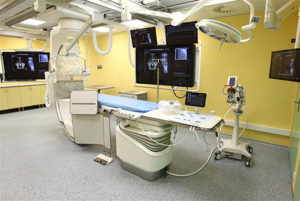
The Královské Vinohrady Faculty Hospital has opened a new intervention cardiology centre. The modernized centre will permit more rapid and more precise diagnostics and treatment of patients with acute myocardial infarction, ischemic heart disease, diseases of the heart valves, and acute stroke.
Integration of imaging methods during transcatheter aortic valve implantation (TAVI) will enable rapid and simpler operations with minimum stress and with the possibility of early release into home care. In terms of the number of operations the Cardio Centre ranks among the most important centres in the Czech Republic.
Modernization of the Division of Intervention Cardiology at the Cardio Centre of the Královské Vinohrady Faculty Hospital was possible thanks to support from EU Structural Funds and winning a competition for long-term sectoral collaboration. One of the conditions was association with an innovative firm and this is why the hospital contacted Medtronic. “We are happy that we can as the world leader in the development of medical technologies take part in such an interesting project. We believe it will provide access to modern treatment for a greater number of Czech patients,” said Michal Vondraš, CEO of Medtronic Czechia s.r.o. “Thanks to our long-term work with healthcare data and experiences from abroad we can help to raise the standard of and care for people with cardiovascular complaints and patients after apoplexy – to treat more patients, more gently and more safely.”
The association aims to combine clinical research with the employment of state-of-the-art diagnostic and treatment methods delivered to patients with severe cardiovascular complaints and, at the same time, to optimize the current treatment procedures. Further research will focus on ways of improving the availability, effectiveness and safety of intervention treatment of patients, and the issue of bioabsorbable stents, in which the Cardio Centre Královské Vinohrady ranks among the very best in the world.
The Královské Vinohrady Faculty Hospital Cardio Centre consists of two clinics: Cardiology (chief physician Prof. MUDr. Petr Widimský, DrSc.) and Cardio Surgery (chief physician MUDr. Petr Kačer, PhD.). Between 6,000 and 7,000 patients are hospitalized at the Cardio Centre every year. In terms of results, the FNKV heart centre ranks among the best in the Czech Republic and is fully comparable with the leading institutes worldwide.
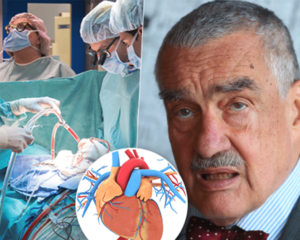
Czech deputy Karel Schwarzenberg has undergone an operation of the cardiac valve which doctors had replaced in the past.
Prince Schwarzenberg has undergone a cardiac valve replacement through the femoral artery – a transcatheter aortic valve implantation, known in the Czech Republic under the acronym TAVI. After demanding months when he grappled with serious problems he is recovering well thanks to the successful operation.
A complication for Karel Schwarzenberg was his allergy to heparin, an anticoagulant. As general anaesthesia was out of the question, the politician was only administered by the team of doctors local anaesthesia. Although Karel Schwarzenberg had after the operation some slight speaking problems, he is slowly returning to normal life and is even thinking of politics.

Legendary frontman of the rock group Rolling Stones, Mick Jagger, has had a cardiac valve replacement operation.
Doctors have carried out for the legendary frontman what is known as a transcatheter aortic valve implantation (TAVI), which is one of the most often used alternatives to a surgical valve replacement as it does nor necessitate that the chest be opened.
The alternative intervention allowed the legendary rocker a shorter stay in the hospital and more rapid recovery. Jagger thanked on his Twitter for support messages and for a great team of doctors that had looked after him. He told his fans that he was doing much better and is fully recovering. However, as a result of these medical complications The Rolling Stones had to postpone their tour of the United States.

